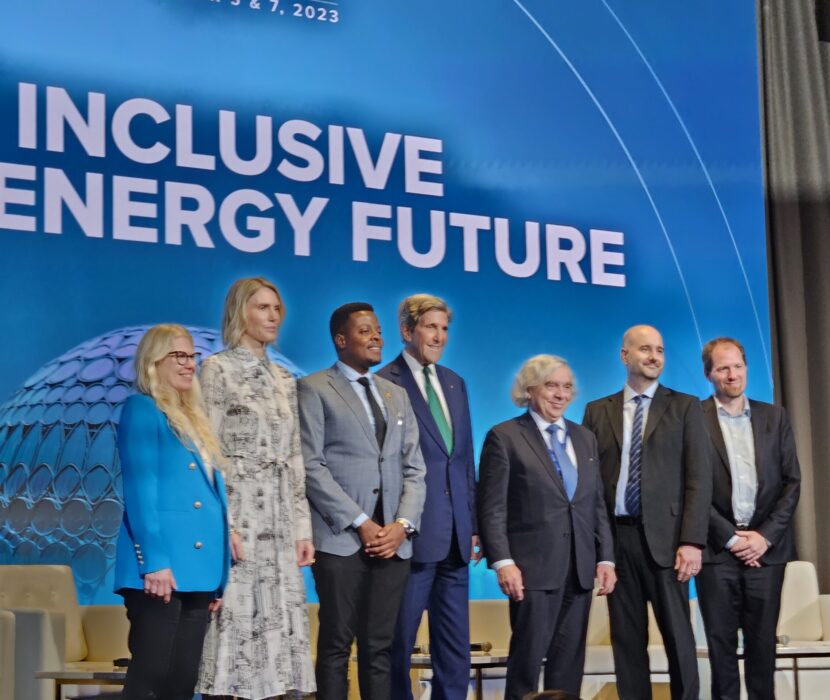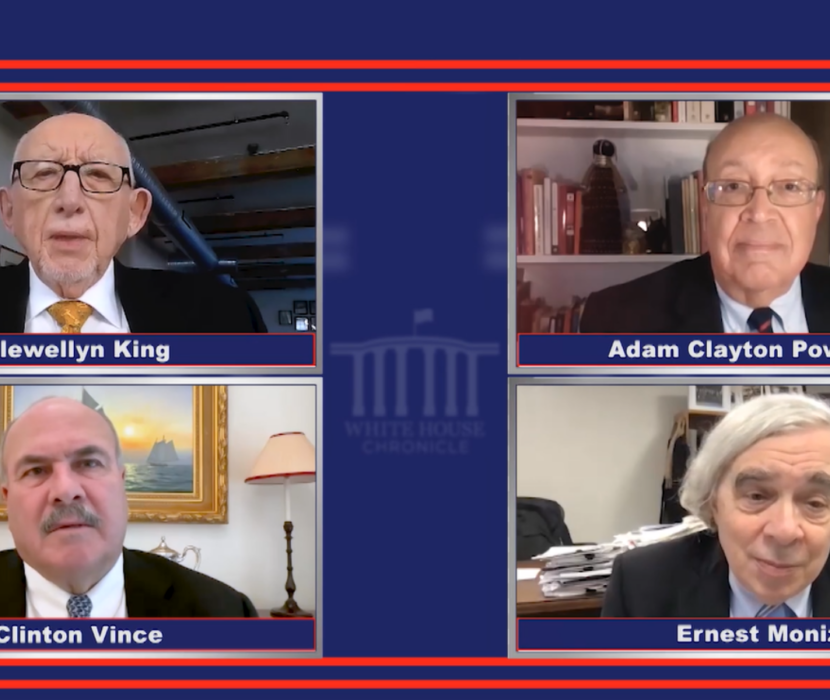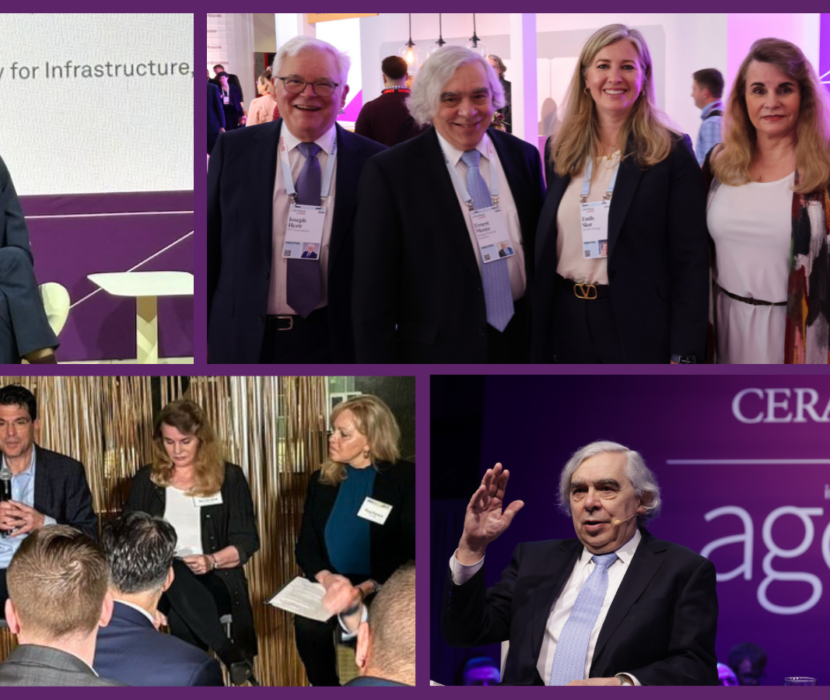
On Monday, October 4th, 2021, EFI Principal Melanie Kenderdine participated as a panelist at a virtual public webinar hosted by the University of Columbia’s Center of Global Energy Policy (CGEP), titled “How to Utilize Existing Energy Structure in A Net-Zero Future.” Alongside experts in the investment and energy sector, Kenderdine discussed methods to improve decarbonization of energy systems, fossil fuel lock-in, and environmental investing.
After an introduction by moderator Jason Bordoff, Founding Director of the CGEP at Columbia University, Kenderdine detailed steps needed to successfully combat climate change. She emphasized that “it’s critical that we repurpose and reuse existing infrastructure because of the urgency of addressing climate change,” noting that the Biden Administration has a target — set to be formalized at the climate summit COP26 — of 50% reduction in economy-wide emissions by 2030, measured against a 2005 baseline.
To add perspective, Kenderdine highlighted that between 2005 and 2018, the United States cut its emissions by 662 metric tons (59.2 metric tons per year). To meet the new target, the United States would have to cut emissions by another 2,692 metric tons, or 224 metric tons per year— a rate 4.4 times faster than the previous 12–13 years. She noted that this target assumes that the United States has already made progress from 2018–2021.
Kenderdine stated that “the technologies needed to meet near- and mid-term targets are already commercialized or in the later stages of development,” but emphasized that we still need breakthroughs and storage technologies to ensure the reliability of our grid. Until then, she urged that we need a fuel — and it could be hydrogen. Kenderdine emphasized that the necessary infrastructure to meet climate change targets will be extensive, and highlighted EFI’s work focusing on the uses and reuses of existing infrastructure, such as for hydrogen and grid modernization.
To meet the new target, the United States would have to cut emissions by another 2,692 metric tons, or 224 metric tons per year— a rate 4.4 times faster than the previous 12–13 years.
Melanie Kenderdine
When prompted by Bordoff on her thoughts about investing the trillions needed in the energy system, Kenderdine reflected on how we should all be interested in investing in infrastructure that can be used in a net-zero future. However, she pointed out how we do not yet have “all of the technologies that we need,” citing the inability to generate processed heat from electricity and the need for a fuel. “That means,” Kenderdine explained, “you’re going to have to capture the carbon.” She advised investors to be mindful of these facts, as incentives are provided to invest in infrastructure.
Lastly, Kenderdine touched on the kind of data that the U.S. government and International Energy Agency are collecting to inform the energy transition. She acknowledged that oil is still important, but there are many other modern issues — like metals and minerals, liquified natural gas, and cyber security attacks — that can impact our energy infrastructure. Kenderdine emphasized that “we need to be informing energy security in very, very different ways,” to determine what infrastructure we need.
(Share this post with others.)




